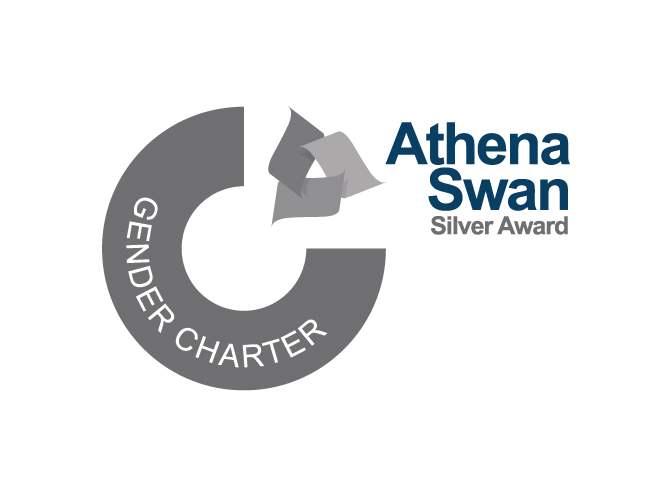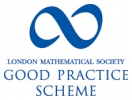Applied Mathematics Colloquium - The Crystal Isometry Principle
- Dates
- Tuesday, March 29, 2022 - 14:00 to 15:00
Speaker: Vitaliy Kurlin (University of Liverpool)
Abstract: The strongest and most practical equivalence of periodic crystals is rigid motion or isometry preserving all interatomic distances. The Crystal Isometry Principle (CRISP) says [1] that all real non-equivalent crystals should have non-isometric structures of atomic centres without chemical labels. If one atom is replaced by another one, distances to neighbouring atoms are inevitably perturbed, which can be detected by recent geometric invariants independent of any thresholds.
More than 200 billion pairwise comparisons of all periodic crystals with full geometric data from the Cambridge Structural Database (CSD) over two days on a modest desktop detected five pairs of suspicious entries with different compositions but identical geometries [1, section 7]. For instance, all geometric parameters of HIFCAB and JEPLIA are identical to the last decimal place, but one atom of Cadmium is replaced by Manganese.
With the help of the Cambridge Crystallographic Data Centre, the five journals that published the underlying papers started investigations into data integrity.
These experiments confirm that all periodic crystals (without fixing any chemical composition) live in a common continuous Crystal Isometry Space (CRISP) parameterised by complete invariants. For example, diamond and graphite consisting of identical carbon atoms occupy in this CRISP space different positions given by unique geographic-style coordinates and a well-defined distance. In the same way, Mendeleev put all chemical elements (despite their obvious differences) into a single periodic table parameterised by two discrete coordinates: the period and group number. The new invariant coordinates extend Mendeleev’s table to the continuous space CRISP containing all existing and not yet discovered periodic crystals. [1] Widdowson, Mosca, Pulido, Kurlin, Cooper. Average Minimum Distances. MATCH Commun. Math. Comput. Chem. 87, 529-559 (2022). This and more recent papers are linked at http://kurlin.org/projects/periodic-geometry-topology.php

